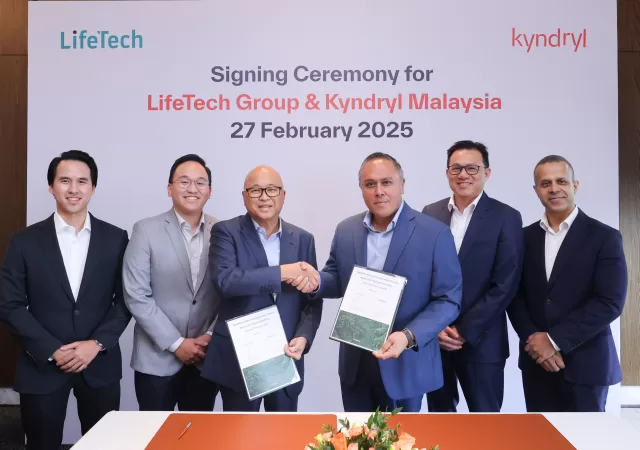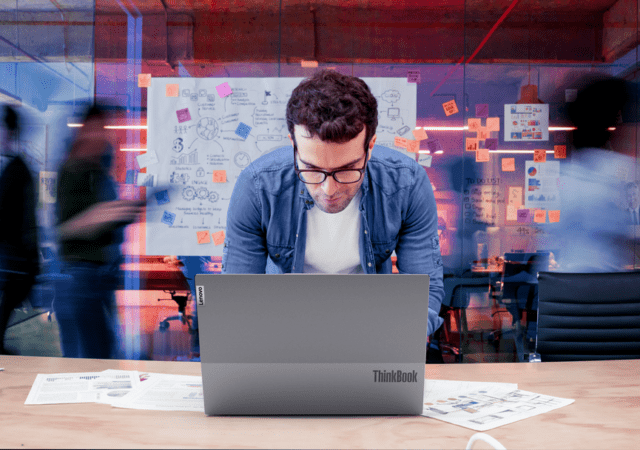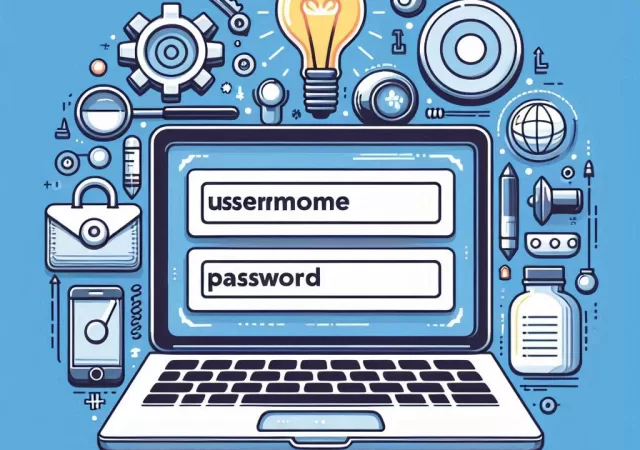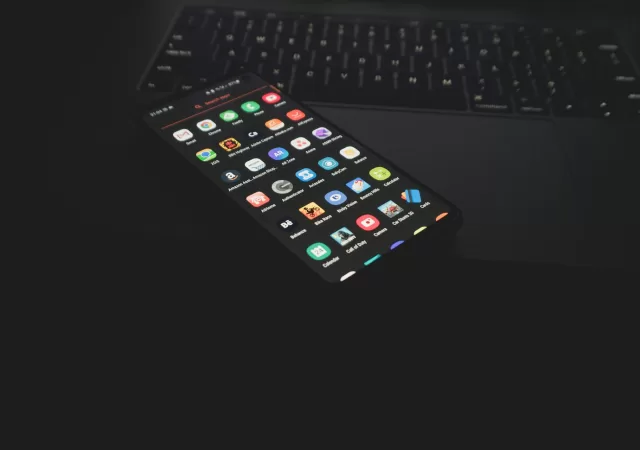AI security and safety are distinct but intertwined. Red Hat explores risks, challenges, and proposes solutions for standardized AI safety and security.
Kyndryl and LifeTech Group Partner to Establish Malaysian Security Operations Centre
Kyndryl and LifeTech partner to empower cyber resilience through the establishment of the first Malaysian Security Operations Centre in the public cloud.
Accenture Enhances Cybersecurity Offerings with Generative AI and Advanced Technologies
Accenture expands its offerings in cybersecurity with new AI-enhanced services aimed at mitigating the impact of Gen AI based threats on business operations.
Maybank Introduces New “Money Lock” Feature on MAE App for Better Security and Fraud Prevention
Maybank introduces a new “Money Lock” feature to its MAE app to help fortify security and prevent fraud.
Open Source Technologies Enable Better Resilience & Security
Stay ahead of cyber threats with open-source technology. Discover how it enables businesses to protect their critical systems and data in a rapidly evolving threat landscape.
Strengthening Core Infrastructure with Proactive Measures and Monitoring
As more cities move towards becoming Smart Cities, the need to strengthen core digital infrastructure requires a shift from being reactive to proactive.
Developing and Enhancing Cyber Resilience in Core Infrastructure
From mobile dominance to cybersecurity and threat intelligence, BlackBerry has pivoted to apply its know-how to enhance and enable cyber resilience at scale.
Cloud, Connectivity, AI, Security: What SMBs Need From Technology
Maximize SMB potential with technology. Stay agile by embracing technological advancements to meet customer demands, transact efficiently, and explore global opportunities.
Interview: Password Hygiene & Staying Secure with Trend Micro
techENT sits down with Sage Khor, Presales Technical Manage at Trend Micro Malaysia to discuss the importance of password hygiene and staying safe online.
Android Users! Your Data Could Be Compromised Due to “Dirty Stream” Exploit
Android Users beware! A large number of apps could be compromised thanks to sloppy implementation of a core Android feature.












